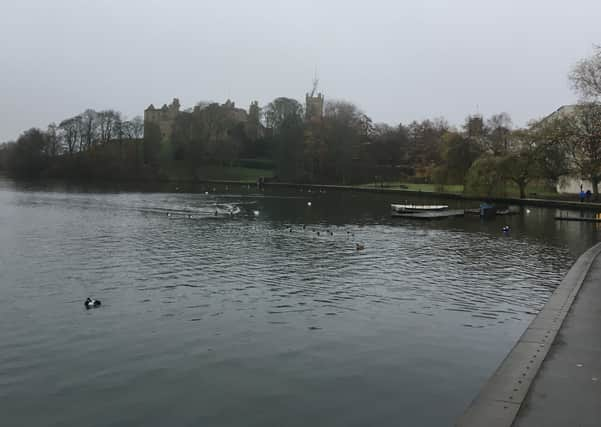Warning over Linlithgow Loch pollution


A report to West Lothian Council’s Environment Policy Development and Scrutiny Panel said that the pollution levels in the loch had grown over the years and the water quality was reaching dangerous conditions.
Like many ponds and water stretches the loch has seen a growth of blue-green algae in the last two decades. Monitoring started in 2004.
Advertisement
Hide AdAdvertisement
Hide AdThe loch is owned by Historic Environment Scotland and registered as a site of special scientific interest.
Household pollution run-off going into the water is a contributor as is land use issues around the loch, but also a changing climate. More rain and hotter summers have contributed to the growth which is seasonal.
The report said: “One of the negative effects of the increase in nutrient levels within the water body is the appearance of an extended seasonal bloom of blue-green algae which breaks down, releasing toxins into the water. This leads to a further decline in water quality and low oxygen levels and represents a potential risk to public health.”
The report described that in recent years algal bloom issues continued over extended periods in 2014 and 2015. The 2016 season did not see as aggressive a bloom as previous years. This can be the result of temperature, wind conditions and light levels. While the 2018 season also had reduced levels of bloom, although it lasted from late July through to mid-December. The 2019 season saw reports of various blooms in autumn.
Advertisement
Hide AdAdvertisement
Hide AdSEPA advised that the sample taken from Town Bay was the greenest sample that they had seen. However, by November the algae had dissipated.
The report added that a “significant” scientific study, which will take 18 months to complete, started late last year.
It will influence a wide range of future major and minor actions to improve water quality in the loch.
Results and recommendations, which are now expected in early 2021, will be reported to a future meeting of the Panel.
Advertisement
Hide AdAdvertisement
Hide AdThe report concluded: “It must be remembered that tackling loch pollution is a long-term issue. The similar, albeit larger, Loch Leven in Fife took more than 20 years to begin to realise water quality improvements and included significant public and a private sector investment.”
Comment Guidelines
National World encourages reader discussion on our stories. User feedback, insights and back-and-forth exchanges add a rich layer of context to reporting. Please review our Community Guidelines before commenting.